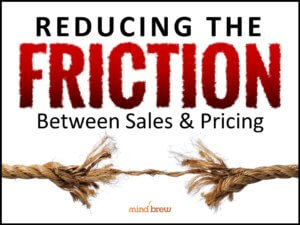In the Middle Ages, Europeans found the idea of cotton baffling. How could something so much like wool come from a plant? After all, wool came from sheep, so to many of them, it just made sense that other fluffy white stuff that you could turn into clothing also came from animals.
One of the world’s first travel writers, Sir John Mandeville, gave credence to this idea. He claimed (hilariously) that he had seen the vegetable lamb of Tartary, also known as the barometz.
Supposedly, the vegetable lamb of Tartary was a plant that grew little lambs on it. And cotton supposedly came from these plant-attached lambs.
No, we’re not making this stuff up. But Sir John Mandeville did. Almost everything he wrote in his book was complete horse puckey.
But that didn’t stop people from believing that somewhere in Asia shrubs grew animals. In fact, they continued to believe it for about 300 years despite a conspicuous lack of evidence.
We love the vegetable lamb of Tartary—and not just because it gives us an opportunity to pretend that red meat is really a healthy vegetable that comes from plants. It’s a great of example of how easy it is for a completely false idea to take hold. People continue to go along with the consensus because it’s easier than proving a commonly held belief to be false.
We see this happen all the time within the pricing profession. And it’s a shame because it holds the discipline back. Here are some examples:
- “The customer will never go for that price.” We negotiate with ourselves, lowering our prices before even presenting them to the customer. We address this common problem in Influencing Internal Negotiations.
- “Management won’t sign off on this initiative.” If one initiative doesn’t work out, we expect the bosses to be gun-shy on the next one. Effective Internal Marketing for Pricing Initiatives explains how to get management to back your plans—even if not all of your past projects have been successful.
- “We just need to lower prices.” Sales often points the finger at pricing as the reason why the firm loses deals. In reality, the truth is almost always far more complex. Reducing the Friction Between Sales and Pricing offers suggestions for overcoming this tension and turning sales into an ally.
- “We got a demo a few years ago—that technology is too complicated to work for us.” Pricing technology has been advancing at breakneck speed. What you think you know based on past experience is probably far outdated. Check out Making Pricing Technology Pay You & Your Company.
- “Sure, we’d like to be a more strategic pricing team, but we’ve never had the time to make progress.” It’s easy to spend so much time fighting fires that you never tackle the big picture projects that will make a significant difference for your organization. For help combating this mindset, see From Tactical to Strategic Pricing.
You might not believe in lambs that grow on trees, but if you find yourself spouting any of these commonly held pricing beliefs, you are just as mistaken. PricingBrew is full of resources to help dispel these kinds of myths and help you become more successful as a pricing professional.

















